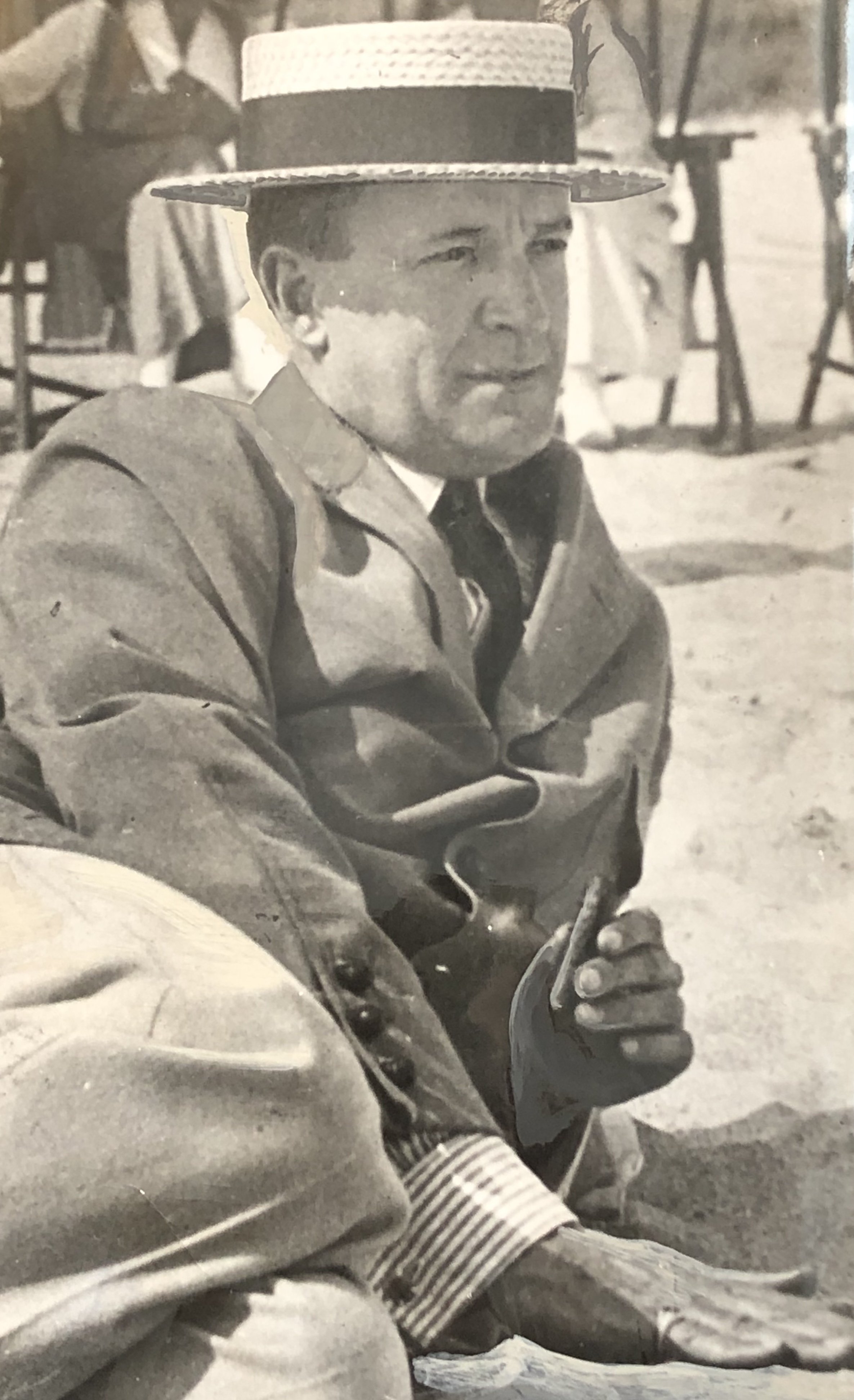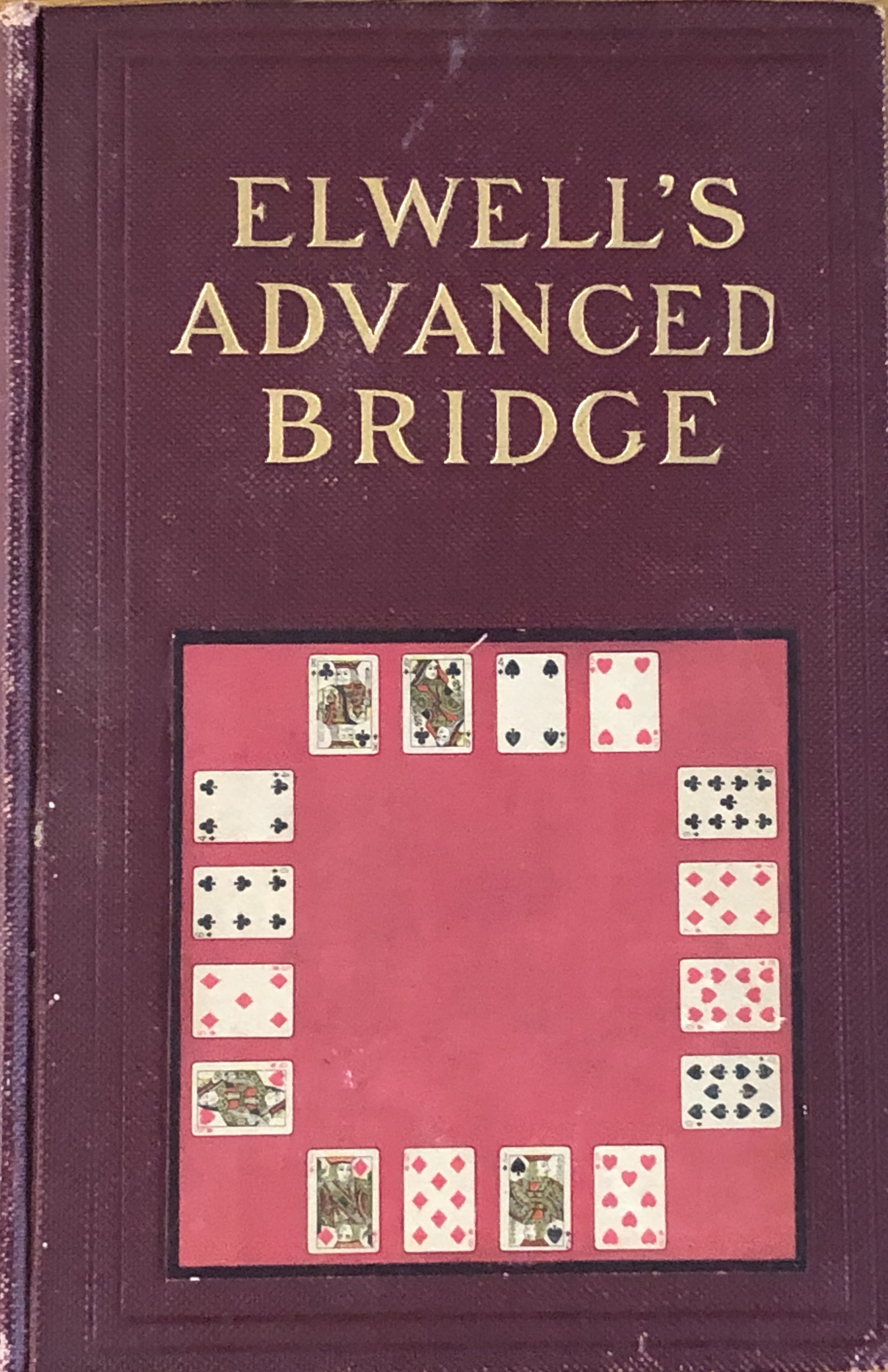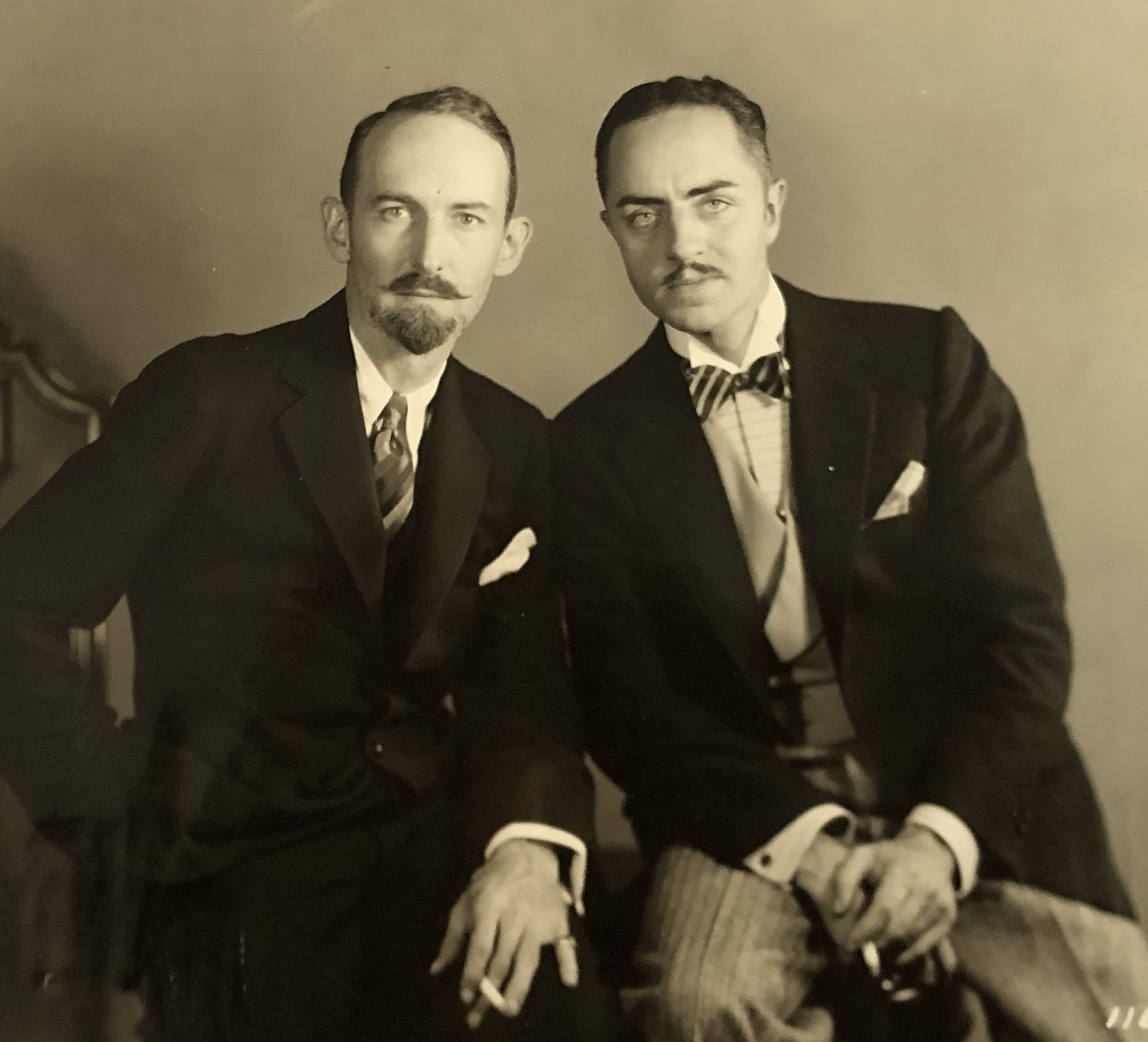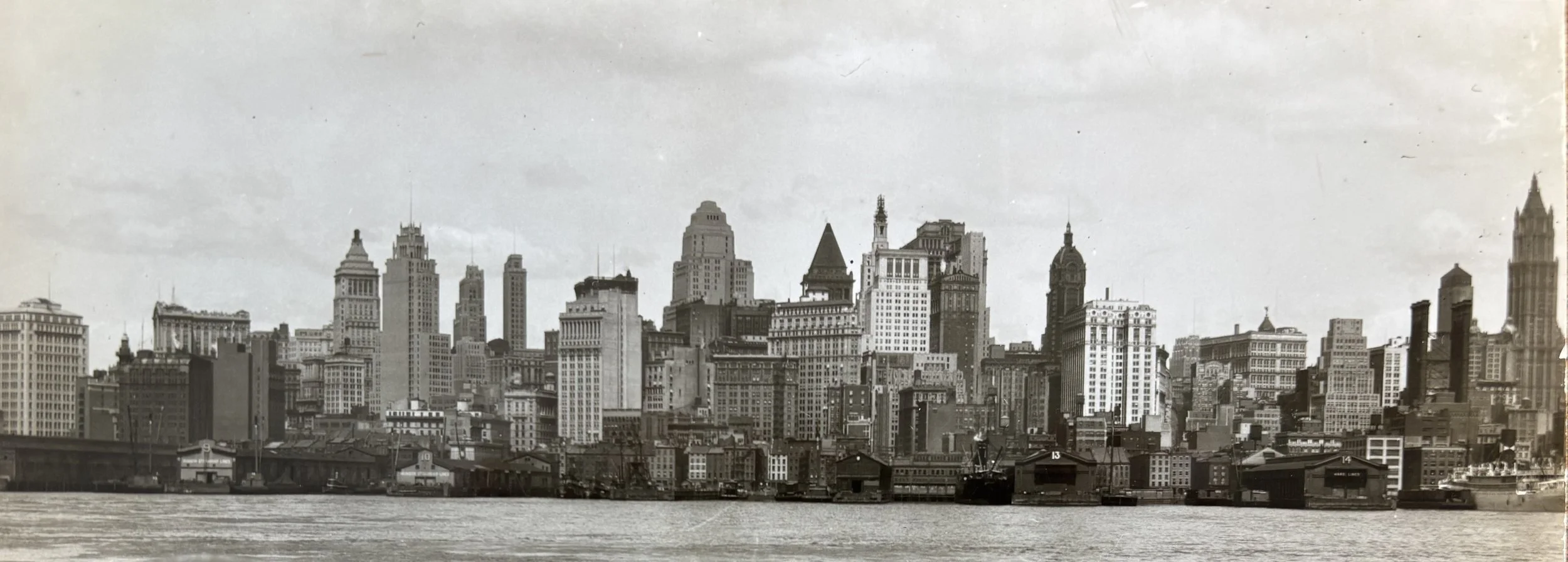This real-life whodunit – told in lavish detail and filled with intriguing characters and wealthy, socially prominent suspects – immerses readers in the high-society glamor of 1920s Manhattan and Palm Beach and answers a century-old question:
Who killed Joe Elwell?
Bridge expert Joseph Bowne Elwell in Palm Beach, shortly before he was murdered in June 1920. The New York Times called him “a man of many masks.” (Banner image above: Sherman Square, near Elwell’s Upper West Side home, in the 1920s.)
He was one of the world’s leading experts on bridge, the leisure pursuit of choice for Jazz Age America’s “fashionable society and its emulators.” Joseph Bowne Elwell’s skill as a player and teacher made him a bestselling author – Elwell on Bridge was the bible of the game – and catapulted him into the social swirl of New York, Newport, and Palm Beach. And it made him rich: he tutored and befriended socialites and millionaires, picked up stock tips from Wall Street insiders at the card table, and made a killing from gambling on high-stakes games and horse races. He bought a stable of thoroughbreds and owned a yacht, a Long Island summer home, and a Florida villa.
Elwell’s face was as familiar to patrons of Manhattan’s theaters and nightclubs as it was on the links of his Westchester County country club, in Newport’s opulent mansions, trackside at Saratoga and Belmont Park, and at Palm Beach’s exclusive resorts. And he was a philanderer with an eye for younger women, among them the socialites he tutored at cards and the daughters of his wealthy friends.
On a June morning in 1920, someone confronted the forty-seven-year-old in the reception room of his townhouse on Manhattan’s Upper West Side, aimed a .45-caliber pistol at the center of his forehead, and pulled the trigger.
Elwell’s murder remains one of history’s great unsolved crimes, an enduring mystery that reveals how power, corruption, scandal, and privilege defined and shaped America as the Gilded Age gave way to the loosening morals and jarring social changes of the Jazz Age. Lurid accounts of the crime filled the front pages of newspapers across America as detectives and crime reporters pursued a dizzying array of theories and possible motives. Dozens of suspects were accused and questioned, from prominent businessmen and stalwarts of the society pages to former lovers, gamblers, underworld figures, and racetrack rivals.
“The great detective-story murder of our times” – Vanity Fair
“The perfect mystery” – The New York Times
MURDER IN THE CARDS tells the incredible true story of a sensational cold case that captures the “anything goes” recklessness of the sin- and gin-soaked Jazz Age. At its heart is an accomplished but flawed victim who gate-crashed New York society and lived a charmed life at full throttle. It’s a story that will transport readers from the sun-drenched resorts of Palm Beach and the racetracks of Kentucky to New York’s rarefied social circles, Manhattan’s frenzied newsrooms, and Broadway’s dazzling nightlife. It recreates a murder probe that turns a spotlight on the forensic techniques, investigative challenges, and press sensationalism of the time. There are enough suspects to fill the drawing room of an English country house, and more than enough motives and theories to tax Sherlock Holmes’s icy logic and Hercule Poirot’s little gray cells.
Socialite Viola Kraus and Long Island millionaire William Pendleton, who were questioned as suspects; Manhattan District Attorney Edward Swann; New York City’s chief medical examiner Dr. Charles Norris.
S.S. Van Dine with actor William Powell, who played the suave and clever amateur sleuth Philo Vance in the movies.
For author and journalist Willard Huntington Wright, the case and its enigmatic victim were an inspiration. He devised a colorful amateur detective who could succeed where police and prosecutors had failed – and launched the golden age of American detective fiction. His creation, Philo Vance, was the perfect detective for the over-the-top Jazz Age – an erudite, know-it-all dandy, with a table waiting at Manhattan’s most exclusive clubs and restaurants and a razor-sharp mind for solving mysteries. Writing under the pseudonym S.S. Van Dine, Wright published The Benson Murder Case in 1926. The tale of a wealthy New Yorker with a playboy lifestyle who is shot to death in his study, the book’s plot parallels Elwell’s murder with one exception: Wright’s super-sleuth upstages the bumbling police and prosecutors and unmasks the murderer. The novel was the first instalment in a series of a dozen novels featuring Vance that were turned into Hollywood blockbusters and made Wright one of the most famous and successful crime writers of all time. The authors behind the Ellery Queen and Hardy Boys franchises were among the new generation of crime and mystery writers who strove to emulate his success.
MURDER IN THE CARDS recreates Elwell’s life and death and explores what his case reveals about high society and privilege, justice and crime detection, and journalism and sensationalism in 1920s America. It traces the transformation of an infamous crime into a landmark work of fiction. And it weighs the evidence, assesses suspects and motives, and offers the most plausible explanation of who killed Joe Elwell and why.
My next true crime book for Algonquin Books (an imprint of Little, Brown / Hachette Books) and HarperCollins Canada
Coming in 2027
Check this page for news & updates
“Every once in a while a murder is committed that unites in one news story all the sleeping romantic fancies of human nature …love (and illicit love – which is always more fascinating), riches, social prestige, an underworld motif, intrigue and violence.” – Time magazine
A view of the Manhattan skyline from Brooklyn in the 1920s. (All images from the author’s collection)








